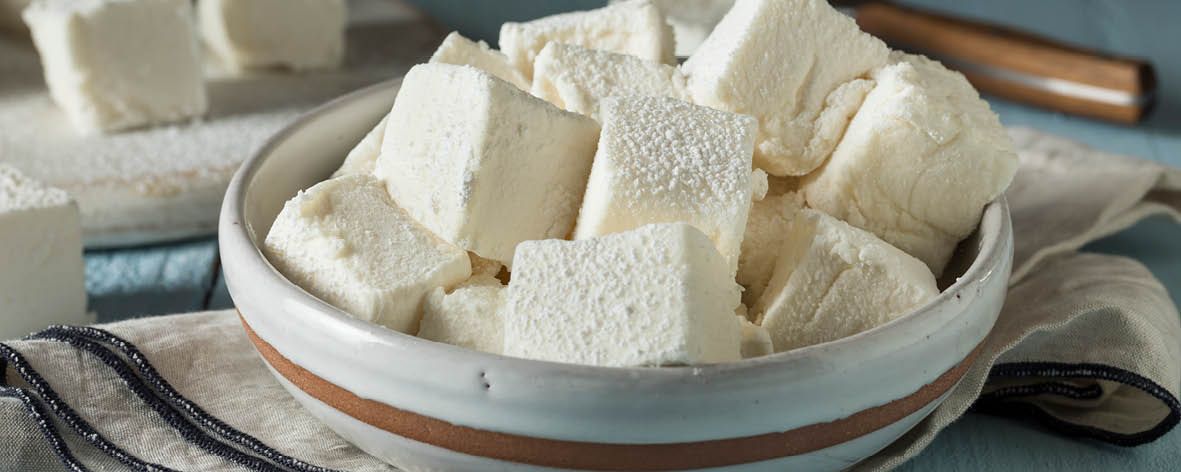All you need to know about … gelatine

Gelatine is a common ingredient found in a range of recipes including jelly, terrine, pate, marshmallow and panna cotta. Gelatine It is used as a setting agent and is flavourless, colourless and odourless. Learn more about how to buy, use and store gelatine below.
What is gelatine?
Gelatine is a pure natural protein. It is made from animal raw materials containing collagen. It is used to thicken and solidify liquids in cooking and is also used in skincare products, cosmetics and pharmaceuticals. Commercially sold gelatine that is used for cooking is purified and dried into powder or sheets, commonly known as gelatine leaves. It is believed that gelatine was discovered in the 17th century when someone noted that the liquid used for boiling meat gelled when it cooled.
Types of gelatine
Gelatine powder is gelatine in a dehydrated powder form that is dissolved in warm water before being added to other ingredients in a recipe.
Gelatine leaves or sheets are soaked in cold water and then squeezed to remove any excess water. Although both types are suitable to use, chefs and food professionals often prefer leaf gelatine because it has a smooth, clearer consistency. Gelatine leaves can also be found in different strengths – bronze, silver, gold and platinum and these refer to the gel setting time.
Both types are interchangeable so if you only have powdered gelatine and a recipe calls for gelatine leaves (or vice versa) you can substitute. Two gelatine leaves are roughly the equivalent of 1 teaspoon of gelatine powder but always check the packet for precise measurements.
Storage
Gelatine should be kept in a cool, dry, dark spot away from moisture. If stored correctly, gelatine will last indefinitely.
How to use gelatine
To activate gelatine it must be dissolved using the method appropriate to the type of gelatine. It should never be boiled as the heat will break down its structure and prevent it from solidifying. There are some fruits including pineapple, papaya and guava that have an enzyme that interferes with gelatine’s ability to solidify. If you wish to use one of these fruits with gelatine opt for a canned version of the fruit as the enzymes are destroyed during the canning process making the canned fruit suitable for use with gelatine.
Gelatine substitutes
Gelatine is not suitable for vegans because it contains animal collagen. Good substitutes include agar agar, pectin, arrowroot and xanthan gum.

